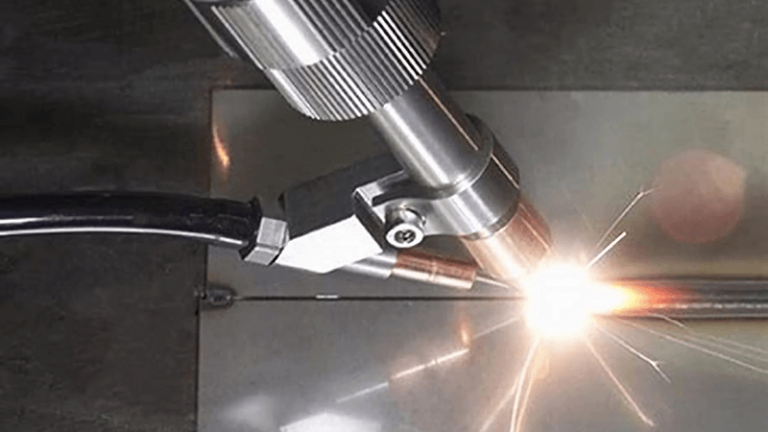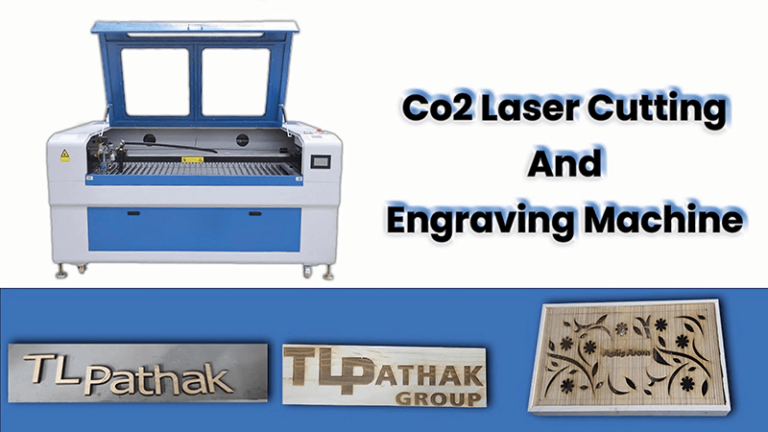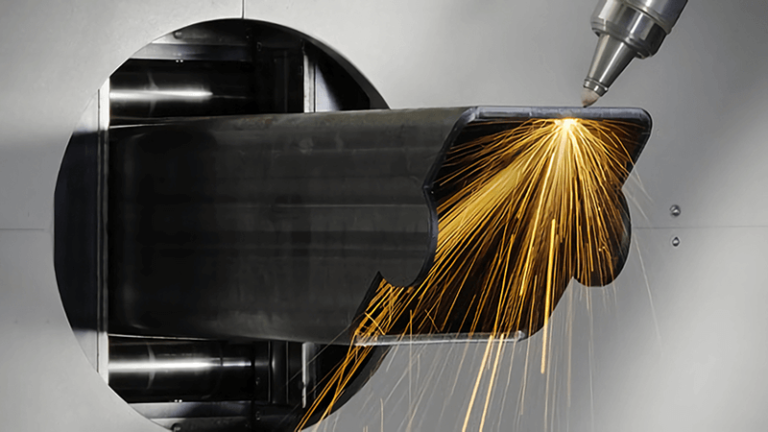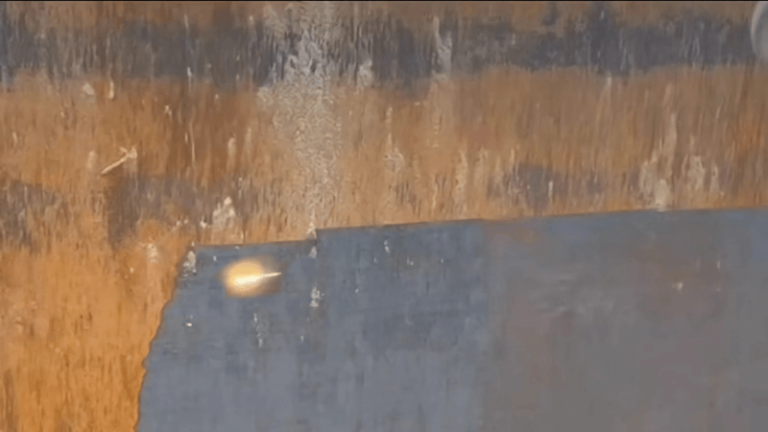Are you tired of subpar laser markings on your metal projects? Do you want to achieve crisp, clean, and perfect results every time? Well, you're not alone. Many professionals struggle with this, but the good news is that you can achieve flawless laser markings with the right techniques. As a Sales Engineer at Kirin Laser, I've seen and solved numerous marking issues. Let me share some insights and tips that can transform your results.
First, let's understand the basics. Laser marking is a non-contact process that uses a focused beam of light to permanently alter the surface of a material. It's used for engraving, etching, and annealing metals and other materials with high precision. The laser’s energy causes the metal to vaporize, leaving a mark. However, achieving a perfect mark involves more than just aiming the laser at the metal.
Now, you might wonder, what makes laser marking so effective? The process relies on the interaction between the laser and the metal surface. The laser's energy causes the metal to vaporize, leaving a mark. However, achieving a perfect mark involves more than just aiming the laser at the metal.
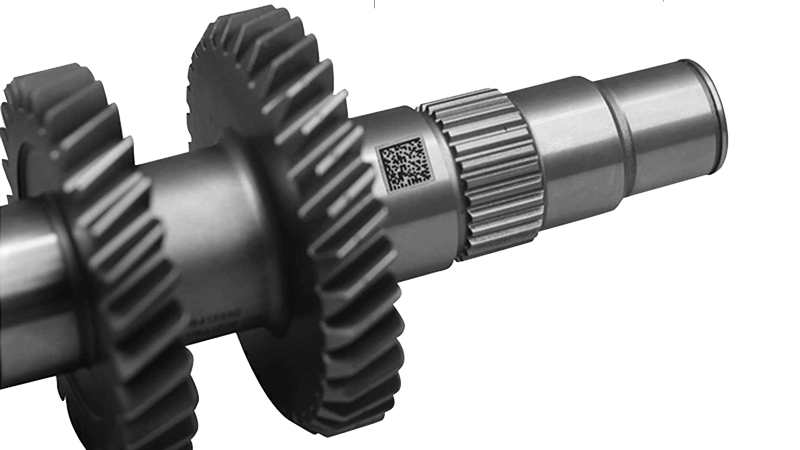
What is Laser Marking?
Laser marking is a versatile technique used across various industries for its precision and durability. It's different from traditional marking methods because it doesn't involve any physical contact with the material. This means there's no wear and tear on the marking tool, and the results are consistent and reliable.
How Does Laser Marking Work?
The laser marking process involves directing a high-powered laser beam at the metal surface. The laser's heat causes the metal to react, creating a visible mark. The type of laser, the settings used, and the properties of the metal all play a crucial role in determining the quality of the mark.
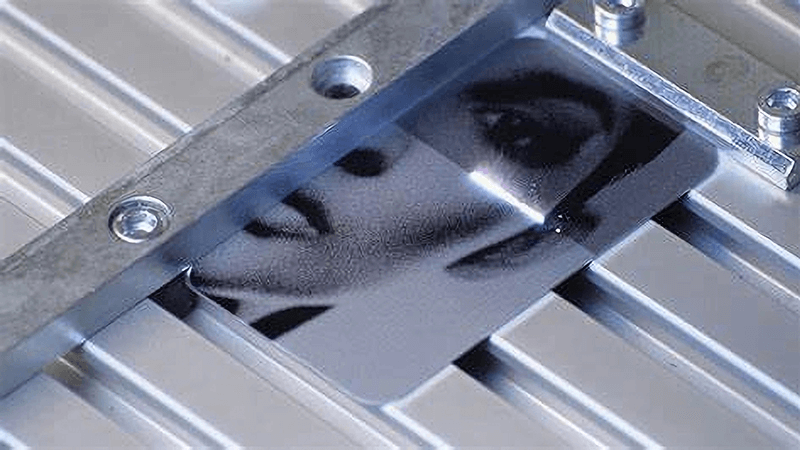
Factors Influencing Laser Marking on Metal
When it comes to laser marking on metal, several factors can influence the outcome. Understanding these factors can help you achieve the best results.
Types of Metals Suitable for Laser Marking
Not all metals are created equal when it comes to laser marking. Metals like stainless steel, aluminum, Brass, Copper and titanium are popular choices due to their excellent response to laser marking. Each metal reacts differently, so it's essential to adjust your techniques accordingly source. There's a section in the below dedicated to introducing how to achieve perfect marking on these metals.
Impact of Metal Surface Finish on Marking Quality
The surface finish of the metal can significantly impact the quality of the laser mark. A polished surface may reflect more laser light, requiring adjustments in laser power and speed. Conversely, a rough surface can scatter the laser beam, leading to inconsistent markings source.
The solutions include: polishing or sandblasting the surface, ensuring cleanliness; using pulsed laser and adaptive optics technology; employing dual-layer marking and temporary or permanent coatings. Additionally, adjusting parameters through sample testing, such as marking speed, frequency, laser power, and for pulsed lasers, adjusting pulse duration to use shorter pulse durations for higher peak power.
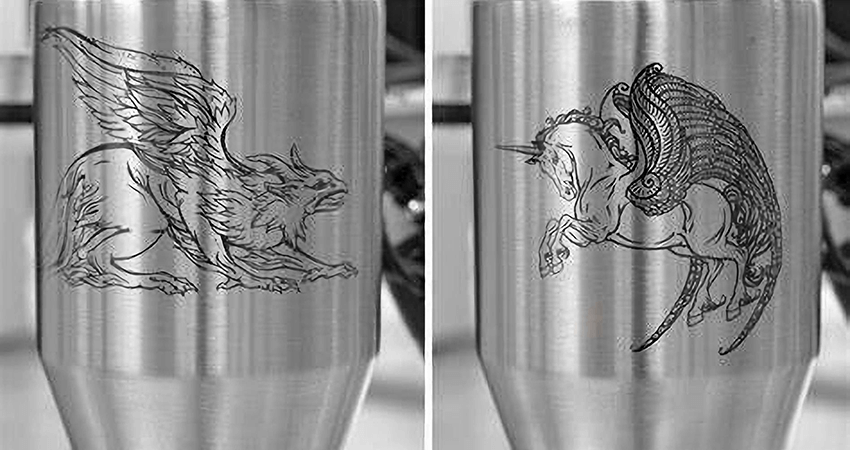
Techniques for Perfect Laser Marking
Achieving perfect laser marking on metal involves using the right techniques and equipment. Here are some key tips to consider.
Selecting the Right Laser
The type of laser you choose is critical. Fiber lasers, for example, are ideal for marking metals due to their high power and precision. CO2 lasers, while great for organic materials, may not provide the same quality on metals. Consider your specific application and choose the laser that best meets your needs source.
Optimizing Laser Parameters
Laser parameters such as power, speed, and frequency need to be optimized for the material you're marking. Too much power can cause excessive heating, while too little can result in faint marks. Experimenting with these settings can help you find the perfect balance source.
Using Assist Gases
Using assist gases like nitrogen or oxygen can enhance the marking process. These gases can help control the oxidation of the metal surface and improve the quality of the mark. They can also help manage heat buildup and prevent damage to the surrounding material source.
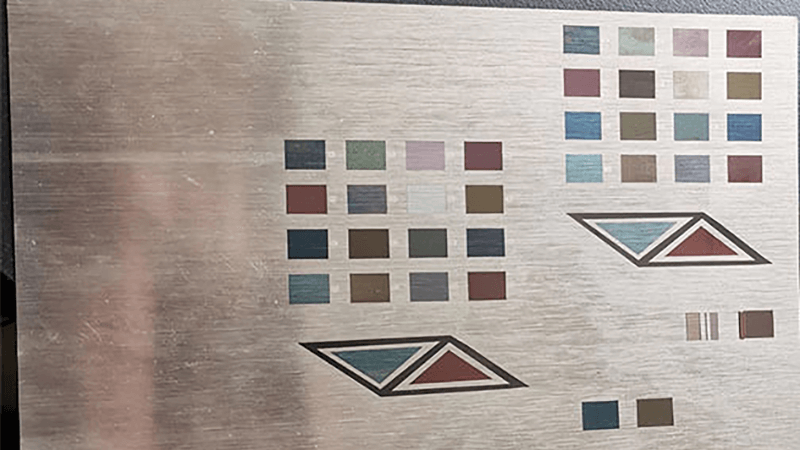
Preparation for Laser Marking
Preparation is key to achieving perfect laser marks. Here are some steps to ensure your metal surfaces are ready.
Cleaning and Pre-Treating Metal Surfaces
Before marking, clean the metal surface to remove any contaminants that could interfere with the laser. Oils, dirt, and rust can all affect the quality of the mark. Depending on the metal, you might also consider pre-treating it to improve the laser's effectiveness source.
Fixturing and Positioning
Proper fixturing ensures that the metal remains stationary during the marking process. Even slight movements can cause blurring and misalignment. Use fixtures that securely hold the metal and allow for precise positioning of the laser beam source.
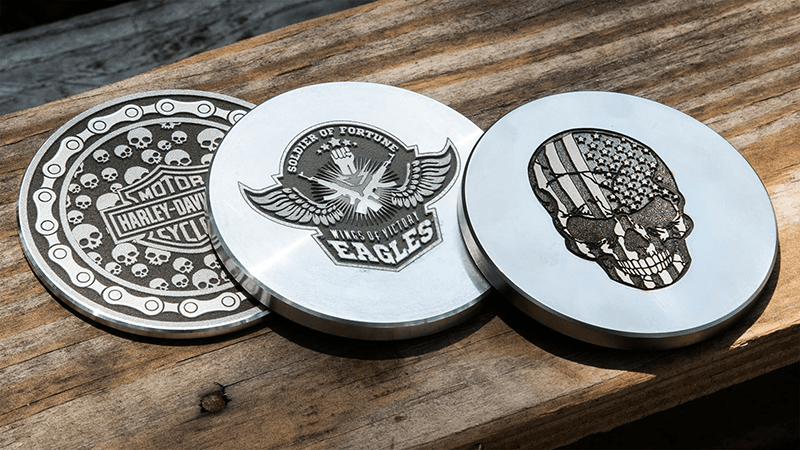
Actual Guide About How Laser Marking on Metals
Laser Marking Techniques On Stainless Steel
- Annealing: This method uses low power and slow marking speed to heat the metal without removing any material. It changes the color of the metal surface to black or other shades.
- Etching/Engraving: Higher power and faster marking speed remove some material to create a deep mark. This is durable and resistant to wear.
- Polishing: Involves high speed and low power to polish the surface, creating bright and clear marks.
Laser Marking Techniques On Aluminum
- Anodized Aluminum: Laser marking on anodized aluminum is straightforward as the laser removes the anodized layer to reveal the metal underneath, providing high contrast.
- Bare Aluminum: Requires more power and slower speeds to achieve deeper marks. It may need multiple passes to enhance visibility.
Laser Marking Techniques On Brass
- Surface Engraving: High power and moderate speed are used to engrave the surface, creating clear and durable marks.
- Color Marking: Laser parameters are adjusted to induce oxidation, resulting in colored marks that stand out against the brass.
Laser Marking Techniques On Copper
- High Power Short Pulse: Copper has high reflectivity and thermal conductivity, making it challenging. Using high power and short pulse lasers can achieve precise and clean marks.
- Surface Coating Removal: For coated copper, lasers can be used to remove the coating, revealing the copper underneath without damaging the surface.
Laser Marking Techniques On Titanium
- Color Marking: Adjusting laser parameters such as frequency, speed, and power can create various oxide layers on titanium, producing a range of colors.
- Deep Engraving: High power and slow speed create deep and durable engravings, ideal for applications requiring high resistance to wear and tear.
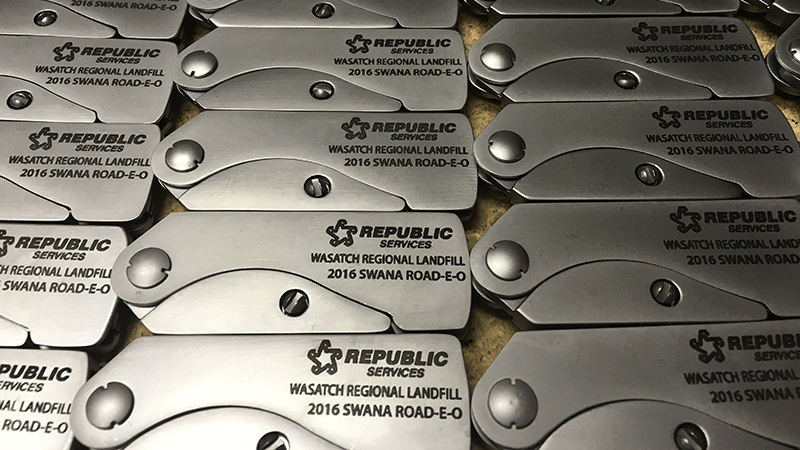
Common Challenges and Solutions
Despite your best efforts, you may encounter challenges during laser marking. Here are some common issues and how to address them.
Dealing with Reflections
Metal surfaces can reflect the laser beam, causing safety concerns and affecting mark quality. Using anti-reflective coatings or adjusting the laser angle can help mitigate these issues source.
Managing Heat Effects
Excessive heat can cause warping or discoloration of the metal. To manage heat, use pulsed lasers or adjust the laser's power and speed. Cooling the metal between passes can also help source.
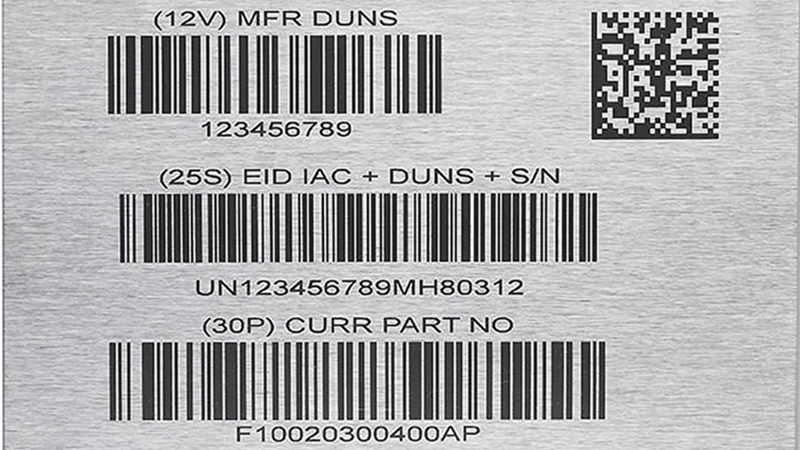
Applications of Laser Marking on Metal
Laser marking is used in a wide range of applications, from industrial to creative fields.
Industrial Applications
In industrial settings, laser marking is used for product identification, traceability, and branding. It's common in industries like aerospace, automotive, and medical devices source.
Creative and Artistic Applications
Beyond industry, laser marking is also used for artistic purposes. Jewelry, custom gifts, and decorative items benefit from the precision and durability of laser markings. The possibilities are endless for creative minds source.
If you want to know more applications about laser marking on metal, you can read my another article: Top 5 Applications of Laser Machine Engraving in Industry.

Conclusion
In conclusion, achieving perfect laser marking on metal involves understanding the process, selecting the right equipment, and optimizing your techniques. By paying attention to details like metal type, surface finish, and laser parameters, you can produce high-quality marks consistently. Whether you're in an industrial setting or exploring creative applications, these tips will help you get the best results from your laser marking efforts.
So, the next time you fire up your laser, remember these insights and watch your projects shine with precision and clarity. Feel free to contact us, if you have anything we can help! Happy marking!
Reference:
1>. How to Laser Marking Metal Like a Pro, from Monpot.


